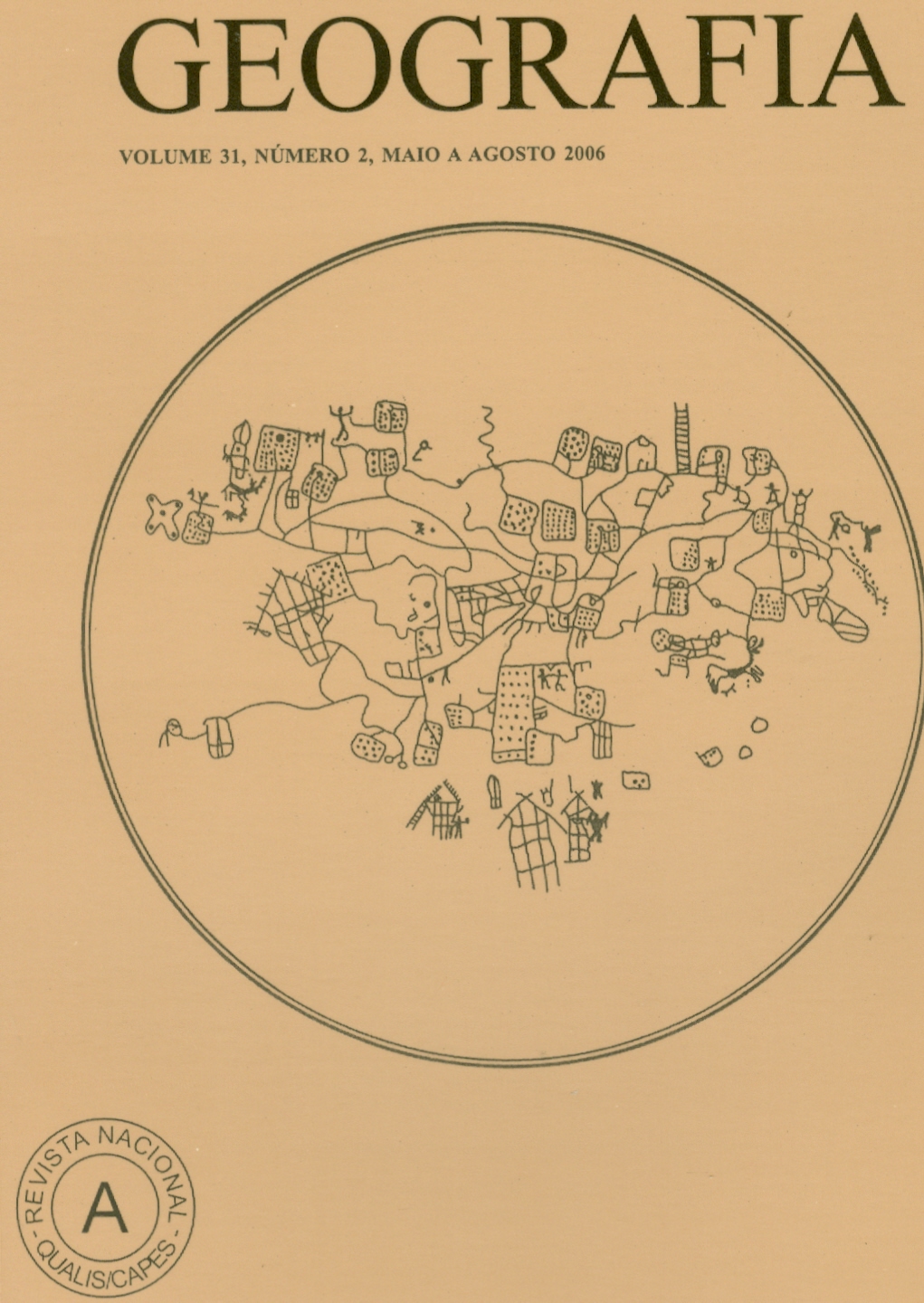The annual cycle of the stratospheric ozone In South America and its interannual variability
Abstract
This work deals with the annual variability of ozone and its association with the stratospheric circulation over South America and adjacencies. The methodology applied involves the use of Fourier analysis on Nimbus 7 Satellites´s TOMS (Total Ozone Mapping Spectrometer) images, for the 1979 - 1992 period. The ozone amplitude shows large/small variability at high/low latitudes and is more prominent in September. The spatial pattern of the annual cycle reveals a distinct latitudinal behavior being possible to identify three main domains: tropical (15oS to 25oS), extratropical (25oS to 55oS) and subpolar (>55oS). In the first case the amplitudes are small around 10oS, and the maximization/minimization of first harmonic occurs during the austral spring/autumn. Also, the amplitudes are larger in the NH than the corresponding ones for the SH. Within the extratropical domain, the highest amplitudes are found in middle latitudes over southeast Pacific Ocean and southwest Atlantic Oceans and north of 20oN. The variability of the annual ozone cycle in this region apparently is influenced by the polar vortex and in average the first harmonic is maximum by September. The amplitudes are relatively smaller around 60oS and between 0o and 120oW (sub polar domain) where the maximum values occur in the austral spring. Regarding the interannual variability of the annual cycle, it is suggested that changes in ozone amplitude due to the quasi-biannual oscillation (QBO) is present in all latitudes, particularly in tropical latitudes where it shows a connection with El Niño events. Key words: ozone; fourier analysis; stratospheric circluationDownloads
Published
Issue
Section
License
The authors maintain the copyright and grant GEOGRAFIA the right of first publication, with the articles simultaneously licensed under the Creative Commons BY 4.0 License, which allows sharing and adapting the articles for any purpose, as long as appropriate credits and provisions of image rights, privacy or moral rights. Other legal attributions can be accessed at: https://creativecommons.org/licenses/by/4.0/legalcode.en.
Geography, Rio Claro, SP, Brazil - eISSN 1983-8700 is licensed under the Creative Commons BY 4.0 License.





